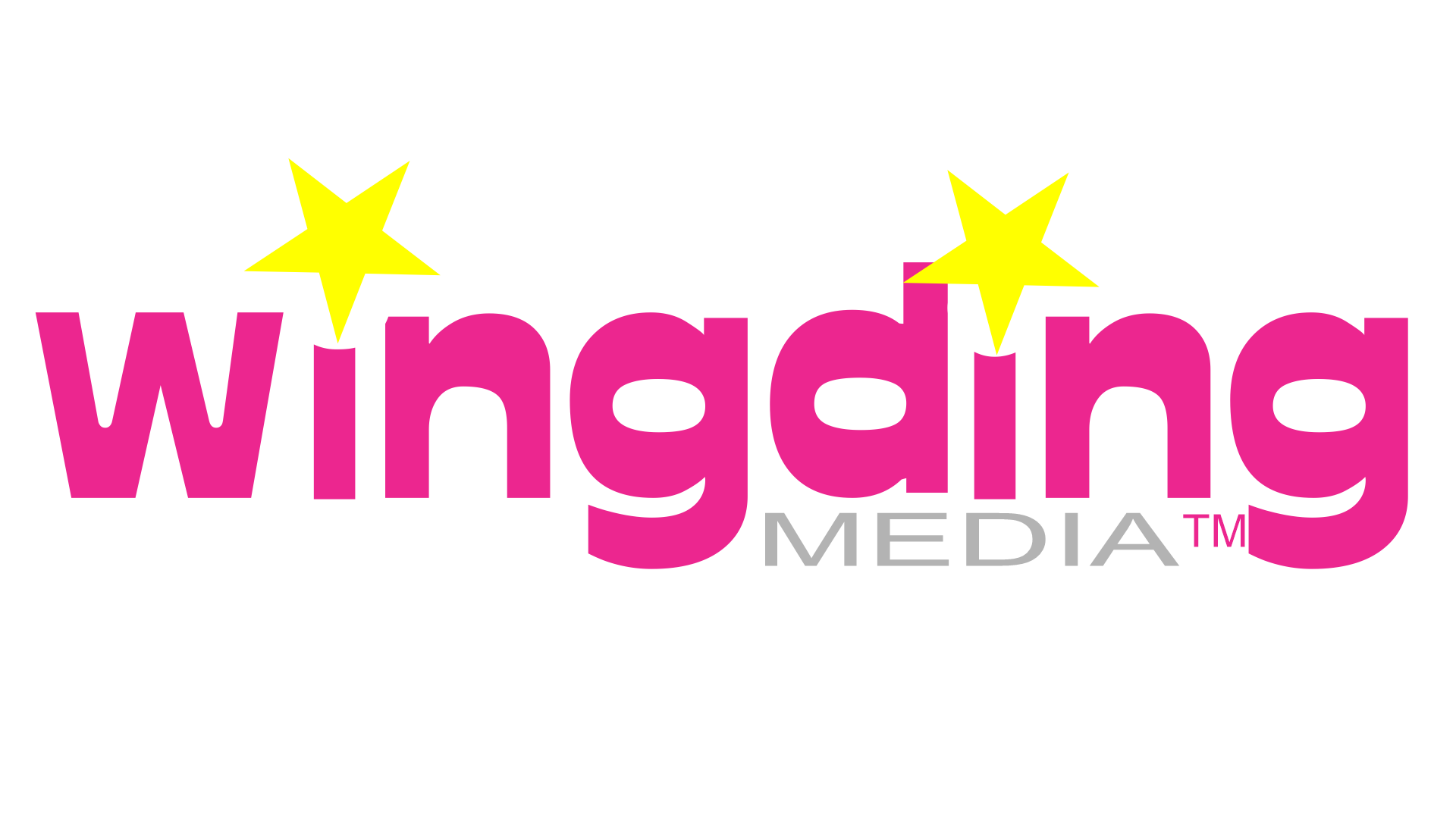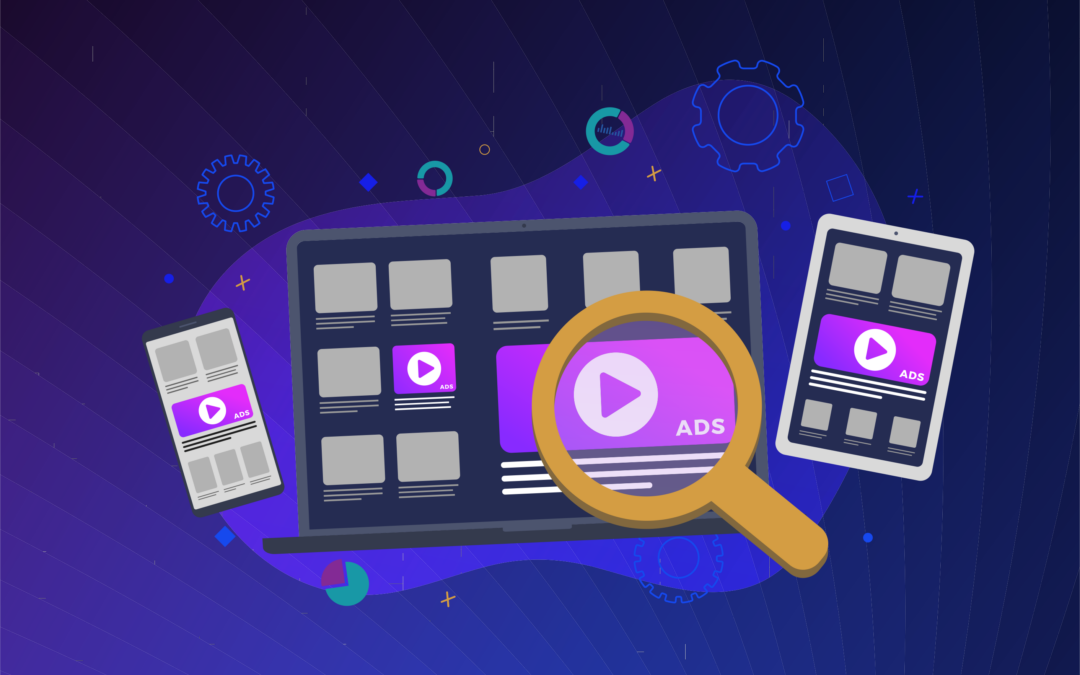Digital Marketing is Evolving
In the constantly evolving landscape of digital marketing, reaching prospective buyers has become increasingly complex. Advertisers are tasked with navigating a fragmented digital world, where consumers are scattered across thousands of applications and devices. Programmatic advertising emerges as a beacon of efficiency and precision in this chaos, automating ad placements and leveraging real-time data to target specific audiences, regardless of their digital whereabouts.
Understanding Programmatic Advertising
At its core, programmatic advertising involves the use of software to purchase digital advertisements, as opposed to traditional, manual processes. It utilizes algorithms and data analysis to deliver ads to the right people at the right time and place. This system includes Real-Time Bidding (RTB) for buying and selling ads in real-time and Direct Deals for pre-agreed contracts between buyers and sellers.
The Evolution of Programmatic Advertising
The journey from manual ad placements to programmatic advertising marks a significant evolution in the advertising industry. Early digital ads were placed directly on websites, a time-consuming and inefficient process. The introduction of DSPs, SSPs, and Ad Exchanges revolutionized this process, making ad buying more efficient and data-driven.
Benefits of Programmatic Advertising
One of the key advantages of programmatic advertising is its ability to minimize waste. Advertisers can target ads based on demographics and geographic details, ensuring that only the most relevant audiences are reached. This precision significantly enhances the effectiveness of ad campaigns and optimizes advertising budgets.
Reaching Consumers Across Devices
In today’s digital age, consumers frequently switch between devices. Programmatic advertising addresses this challenge by enabling cross-device targeting. This ensures that advertisers can reach their audience whether they are on a smart tv, smartphone, tablet, or desktop, enhancing the chances of engagement and conversion.
Challenges and Considerations
While programmatic advertising offers numerous benefits, it’s not without its challenges. Issues such as ad fraud, privacy concerns, and data quality are prevalent. Additionally, the enforcement of regulations like GDPR in Europe and CCPA in California has necessitated more stringent data practices, impacting targeting capabilities.
Impact of Third-Party Cookie Phase-Out
A significant challenge facing programmatic advertising is the phase-out of third-party cookies, a staple in digital advertising for tracking and retargeting purposes. With major browsers eliminating third-party cookies, advertisers must explore alternative strategies for audience targeting and retargeting. This includes first-party data collection, contextual targeting, and leveraging new technologies like identity solutions that respect user privacy.
The Future of Programmatic Advertising
The future of programmatic advertising looks bright, with advancements in AI and machine learning expected to further refine targeting and optimization. Additionally, emerging digital spaces like connected TV and DOOH present new opportunities for programmatic strategies.
Conclusion
Programmatic advertising stands as a pillar in modern digital marketing, offering unmatched efficiency and targeting precision. As the industry continues to evolve, embracing programmatic solutions will be key for businesses aiming to effectively reach their target audiences and achieve marketing success.

